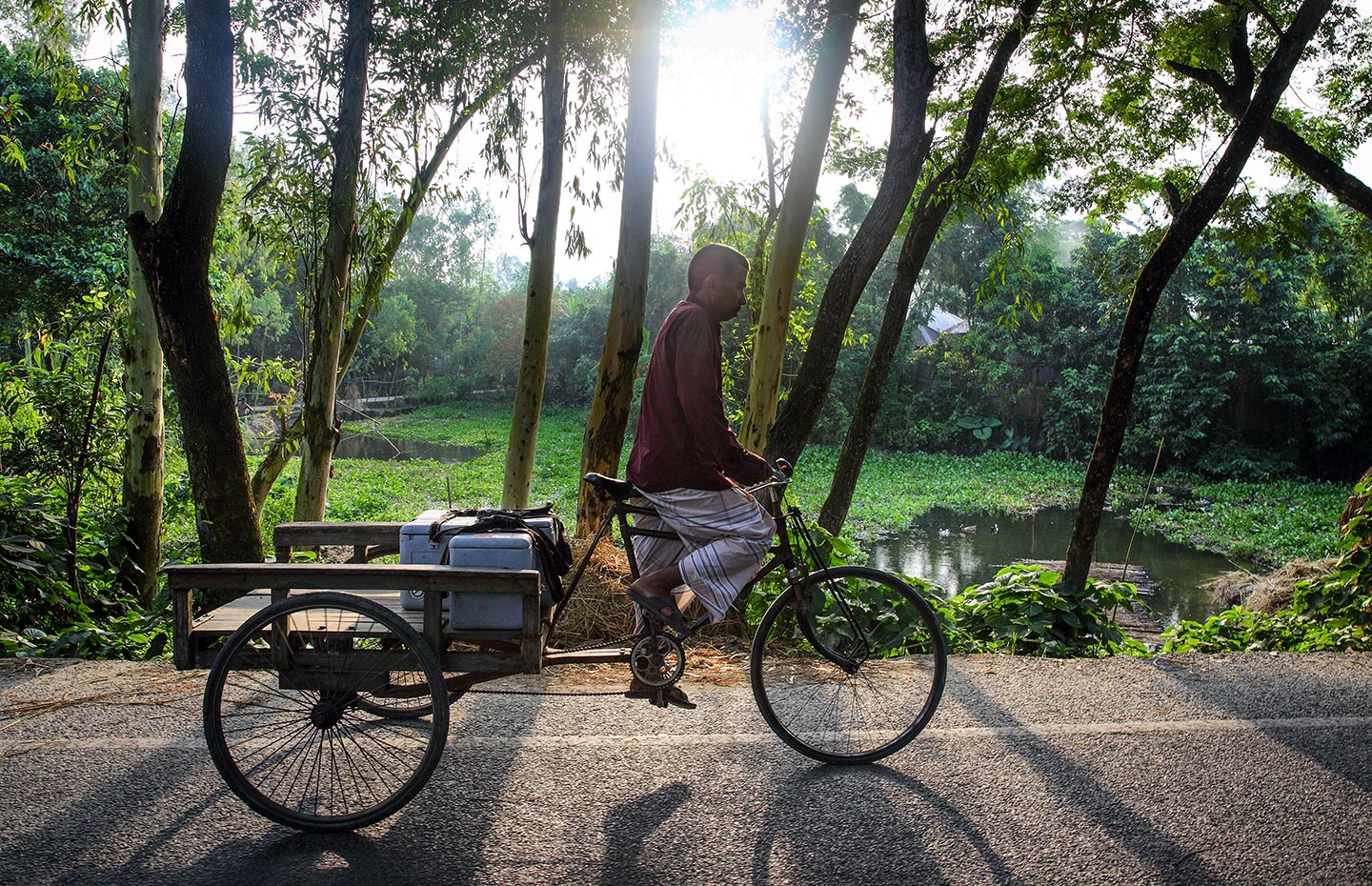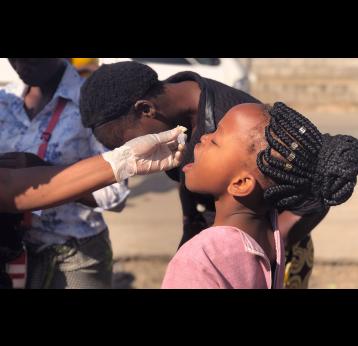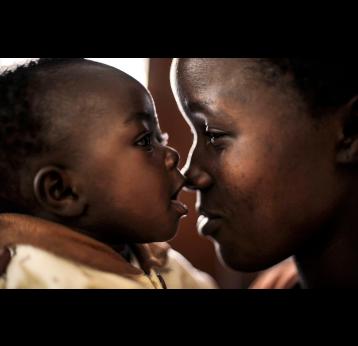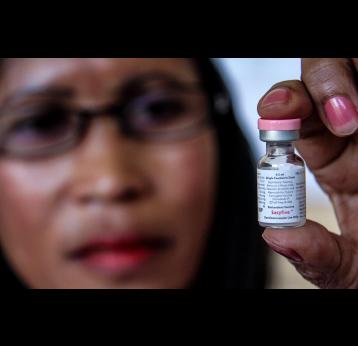From a scarcity of midwives and health facilities to poorly equipped hospitals, weak health systems represent a critical barrier to Gavi's mission to increase access to immunisation.
Without the people and equipment to deliver vaccines, no immunisation programme can be sustainable over the long term.
Performance based funding for HSS
In the 2011-2015 period, we refocused our HSS support on immunisation to “contribute to strengthening the capacity of integrated health systems to deliver immunisation by resolving health systems constraints, increasing the level of equity in access to services and strengthening civil society engagement in the health sector.”
Our Board decided to strengthen the focus on performance and results, highlighting the importance of examining outputs rather than inputs. Performance-based funding was approved by the Board in November 2011 and was rolled out starting with 2012 approved grants.
Goal-level indicators
- Drop-out rate: % drop out between DTP1 and DTP3 coverage.
- DTP3 coverage: % of surviving infants receiving three doses of DTP-containing vaccine.
- Equity in immunisation coverage: % of Gavi supported countries where DTP3 coverage in the lowest wealth quintile is not more than 20% points of the coverage in the highest wealth quintile.
Strategic Objectives
- Contribute to the resolving of the major constraints to delivering immunisation.
- Increase equity in access to services.
- Strengthen civil society engagement in the health sector.
Explore the other strategic goals
Increase the predictability of global financing and improve the sustainability of national financing for immunisation
The market shaping goal (Phase 3)
Providing appropriate and affordable vaccines for the developing world




